
Heat exhaustion is an illness that can happen when your body gets too hot and can’t cool itself. It’s a response to losing too much water and salt, usually because of too much sweating. It can happen when you work or exercise outside on a hot, humid day or spend too much time in a very hot environment, such as a home or factory without air conditioning during a heat wave.
Heat exhaustion is one of three major heat-related illnesses. The other two are heat cramps, which are less serious, and heat stroke, which is the most serious.
Because these conditions can progress from one to another, they are sometimes described as the three stages of heat illness.
Heat Exhaustion vs. Heat Stroke
Heat exhaustion and heat stroke are different conditions, but they are related. If you have symptoms of heat exhaustion and don’t take quick steps to cool your body down, you can develop heat stroke.
Heat stroke is a very serious, potentially deadly condition that, unlike heat exhaustion, can permanently damage your brain and other vital organs. When you see symptoms of heat stroke, it’s an emergency and you should call 911.
Some symptoms that could point to heat stroke, rather than heat exhaustion, include:
- Body temperature at or above 104 F.
- Confusion, agitation, or aggression
- Hallucinations
- Slurred speech
- Fainting
- Not being able to sweat
Is sunstroke the same thing as a heat stroke?
Yes, sunstroke is a name some people use for heat stroke.
Heat Exhaustion Symptoms
Heat exhaustion symptoms may start rapidly or come on slowly, with signs of milder heat illness showing up first. You might get a red heat rash or painful heat cramps, often in your arms and legs.
Once heat exhaustion sets in, symptoms can include:
- A body temperature over 100 F (though it’s possible to have heat exhaustion with a normal temperature)
- Dizziness or faintness
- Cool, moist skin with goosebumps
- Blurred vision
- Fatigue
- Headache
- Nausea and vomiting
- Heavy sweating
- Rapid heartbeat
- Rapid shallow breathing
- Swollen ankles, feet, or hands (heat edema)
- A drop in blood pressure when you stand
Symptoms of heat exhaustion in babies
Babies and young children are at especially high risk of heat illnesses, such as heat exhaustion and heat stroke. That’s because they sweat less, making it harder for them to cool off. But they might not be able to tell you how they are feeling. And they may show no clear early signs, other than seeming fussy and unwell.
But signs of heat exhaustion in a baby might include:
- Paler skin than usual — which might be most noticeable on the palms of hands, nails, eyes, gums, or tongue
- Cooler than usual skin
- Increased thirst and other signs of dehydration, such as peeing or crying less
- A rise in body temperature
What Causes Heat Exhaustion?
Usually, you can count on your sweat to act as your body’s air conditioner: As your sweat dries, it carries heat away from your skin. But when the air is hot and moist, sweat is slower to evaporate and your body struggles to stay cool, especially when you’re active. The more you sweat, the more you deplete your body’s fluids and essential minerals (electrolytes), such as sodium and potassium. Those losses of water and minerals cause the main symptoms of heat exhaustion.
Heat exhaustion is strongly related to the heat index, which is a measurement of how hot you feel when the effects of relative humidity and air temperature are combined.
The risk of heat-related illness dramatically increases when the heat index climbs to 90 degrees or more. So it’s important, especially during heat waves, to pay attention to the reported heat index and remember that the heat index is even higher when you are in full sunshine.
Treatment for Heat Exhaustion
If you have symptoms of heat exhaustion, it’s essential to immediately get out of the heat and rest, ideally in an air-conditioned room. If you can’t get inside, try to find the nearest cool and shady place.
- Drink water or sports drinks (avoid caffeine and alcohol) — taking small sips rather than big guzzles over about an hour
- Remove any tight or unnecessary clothing
- Take a cool shower, bath, or sponge bath
- Apply other cooling measures such as fans or ice towels
If you don’t feel better within an hour, seek medical help, because untreated heat exhaustion can progress to heat stroke. If your temperature rises or your symptoms get worse, don’t wait — call 911 or go to an emergency room.
If you are showing signs of heat stroke, you may be put in an ice bath or cooling blanket or, if those aren’t available, misted with cool water. You might also get medication to help you stop shivering.
How long does it take to recover from heat exhaustion?
Heat exhaustion usually goes away with rest and fluids. You should feel better within an hour.
Still, you’ll probably be more sensitive to high temperatures during the following week. So, it’s best to avoid hot weather and heavy exercise until your doctor tells you that it’s safe to resume your normal activities.
Credit: webmd
The post Heat Exhaustion: Causes, Symptoms & Prevention appeared first on The Ghanaian Chronicle.
Read Full Story
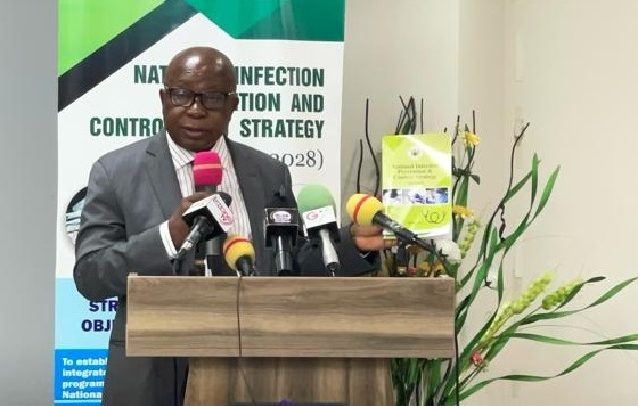

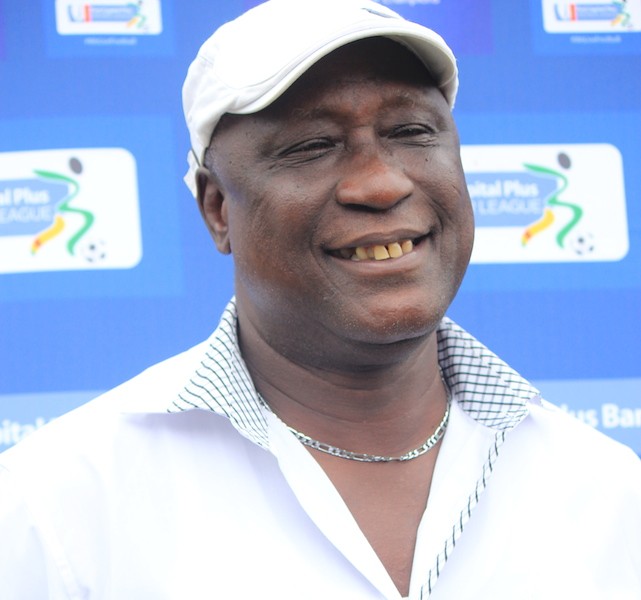

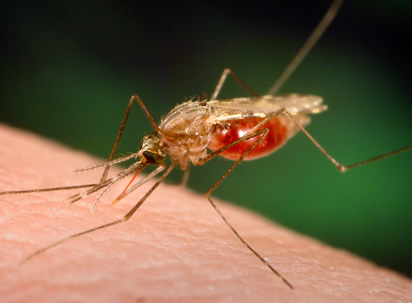
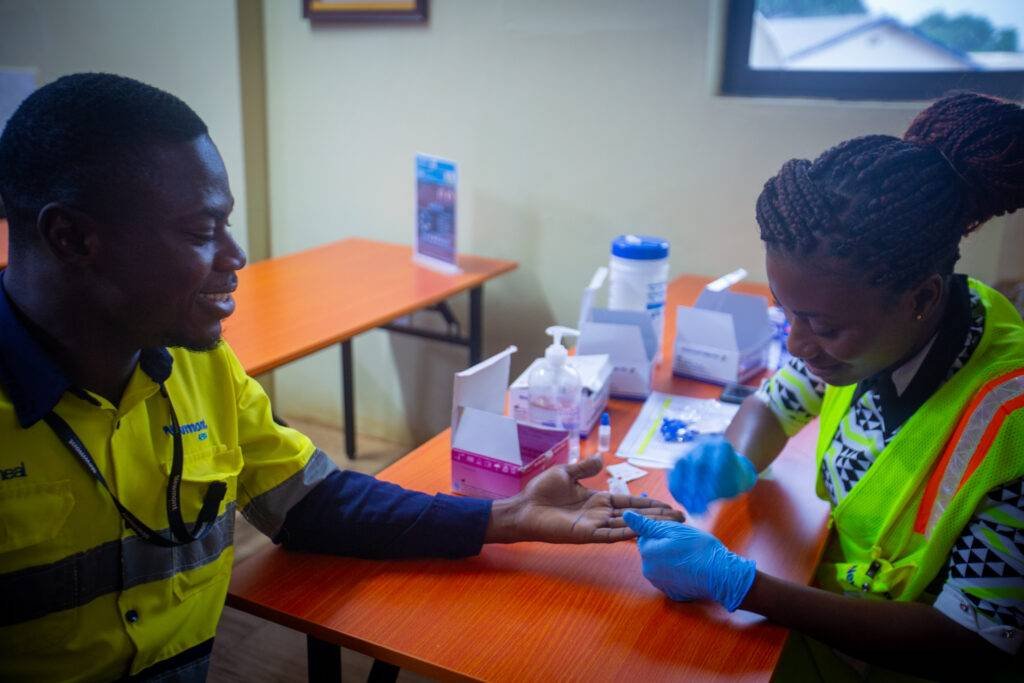
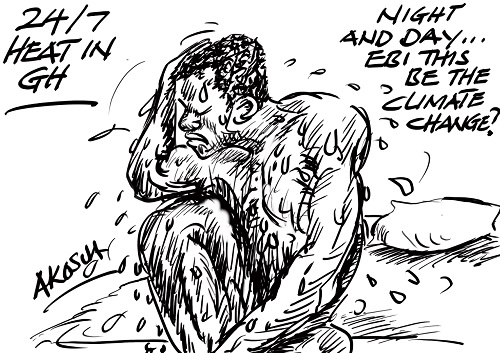



![Dormaahene hails Mahama, vows to carry him at his back if cedi hits GH?8 to $1 [Video]](https://sportal365images.com/process/smp-images-production/pulse.com.gh/01062025/e9150a95-eb04-4066-bf2d-fef977524ffe.png)

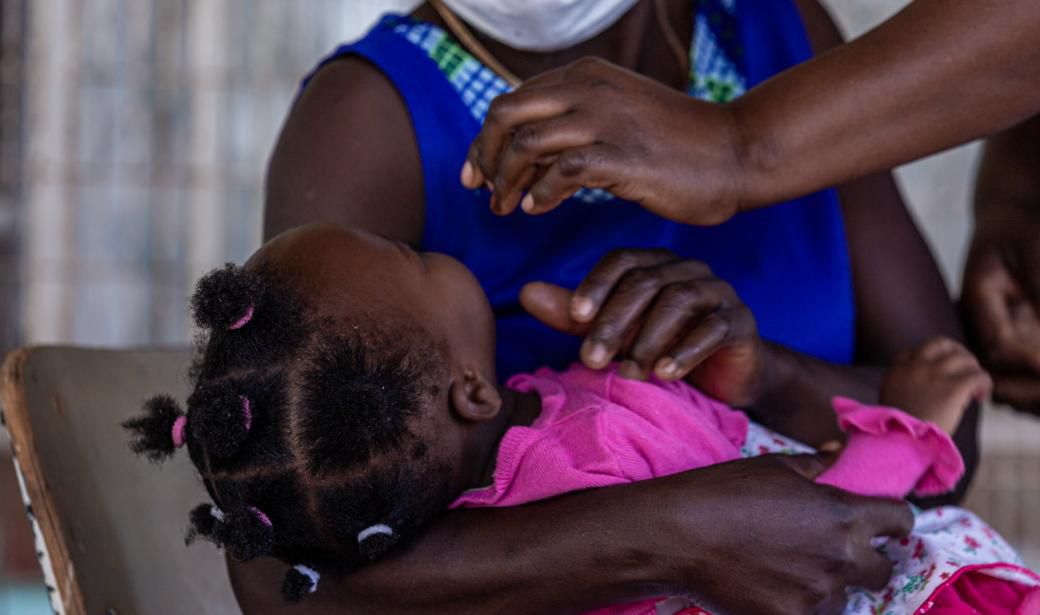
![Hajia4Reall makes a bold comeback with new music after U.S prison sentence [Video]](https://sportal365images.com/process/smp-images-production/pulse.com.gh/01062025/88287b98-5b5d-4e81-b3b1-c4adb7b6ee54.png)
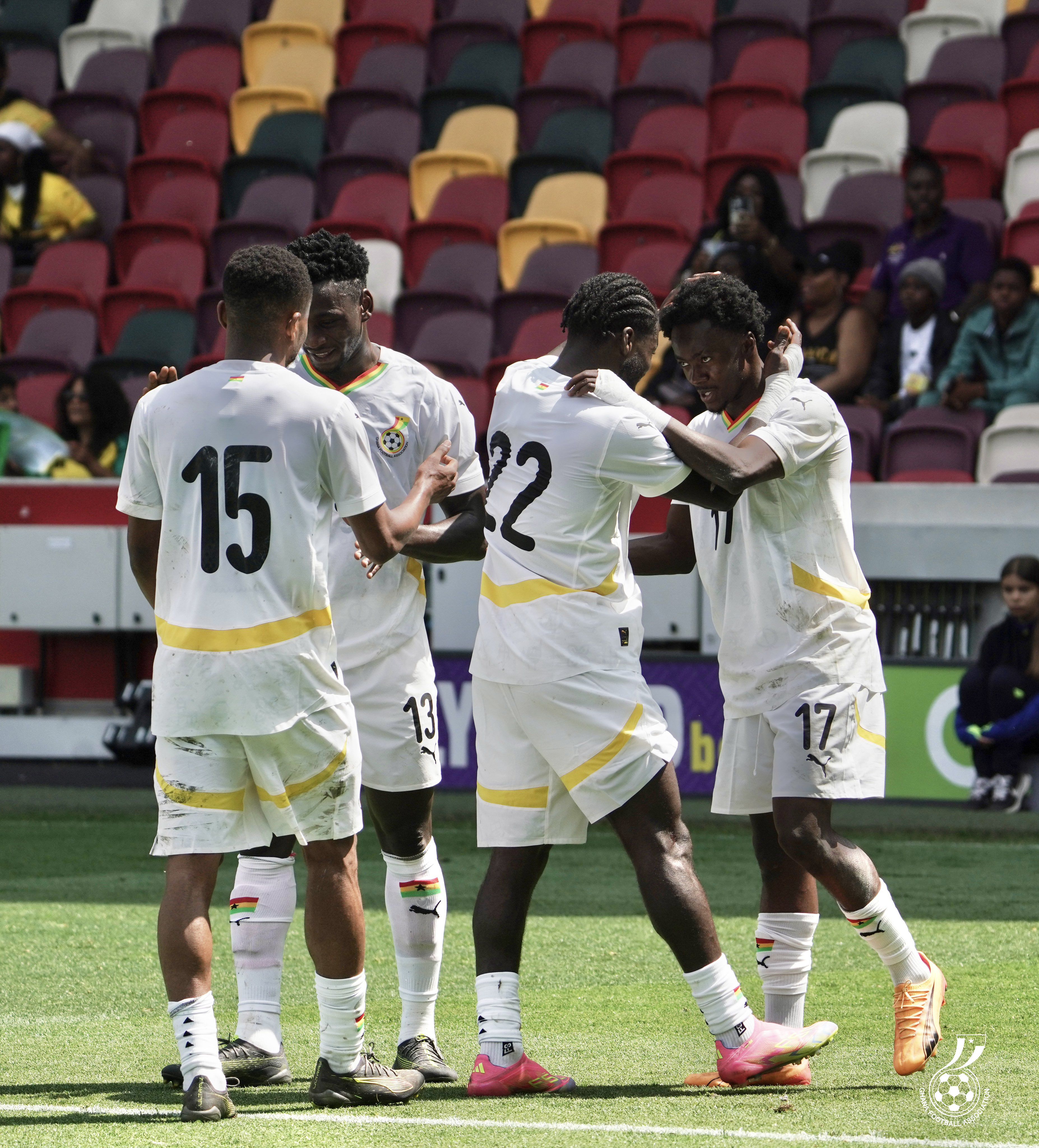
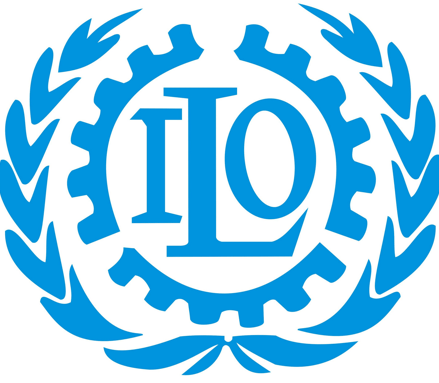

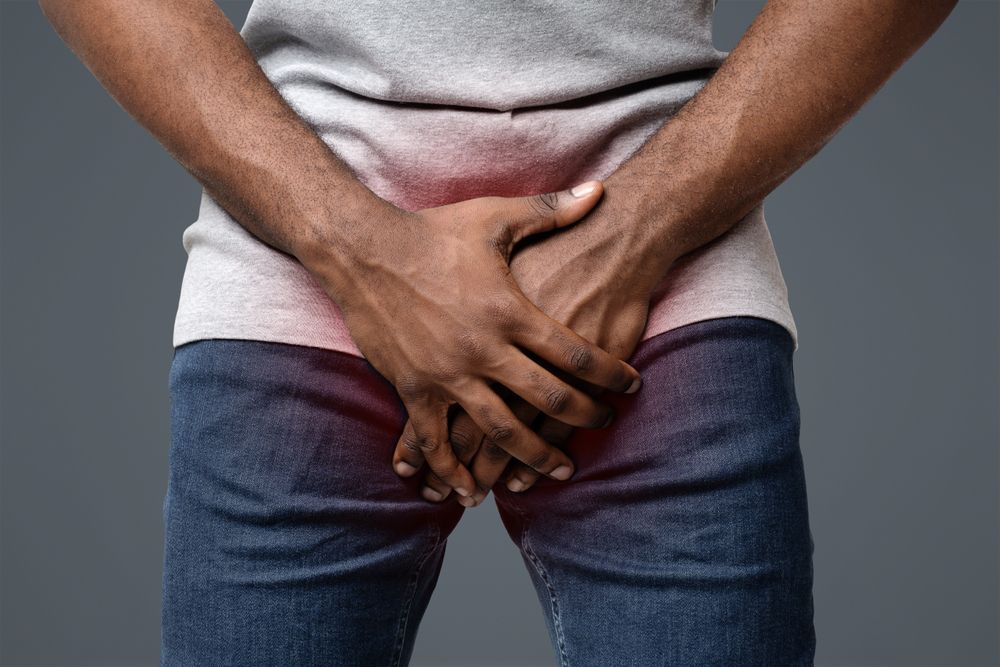
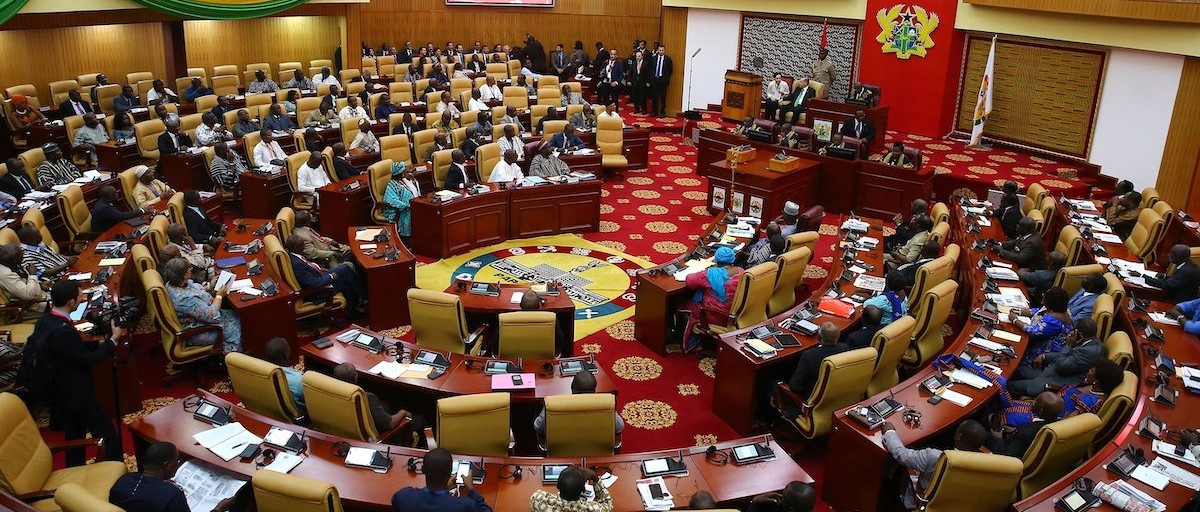
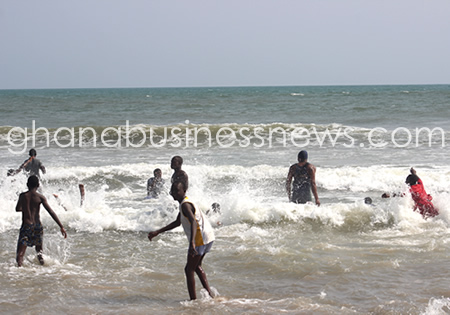




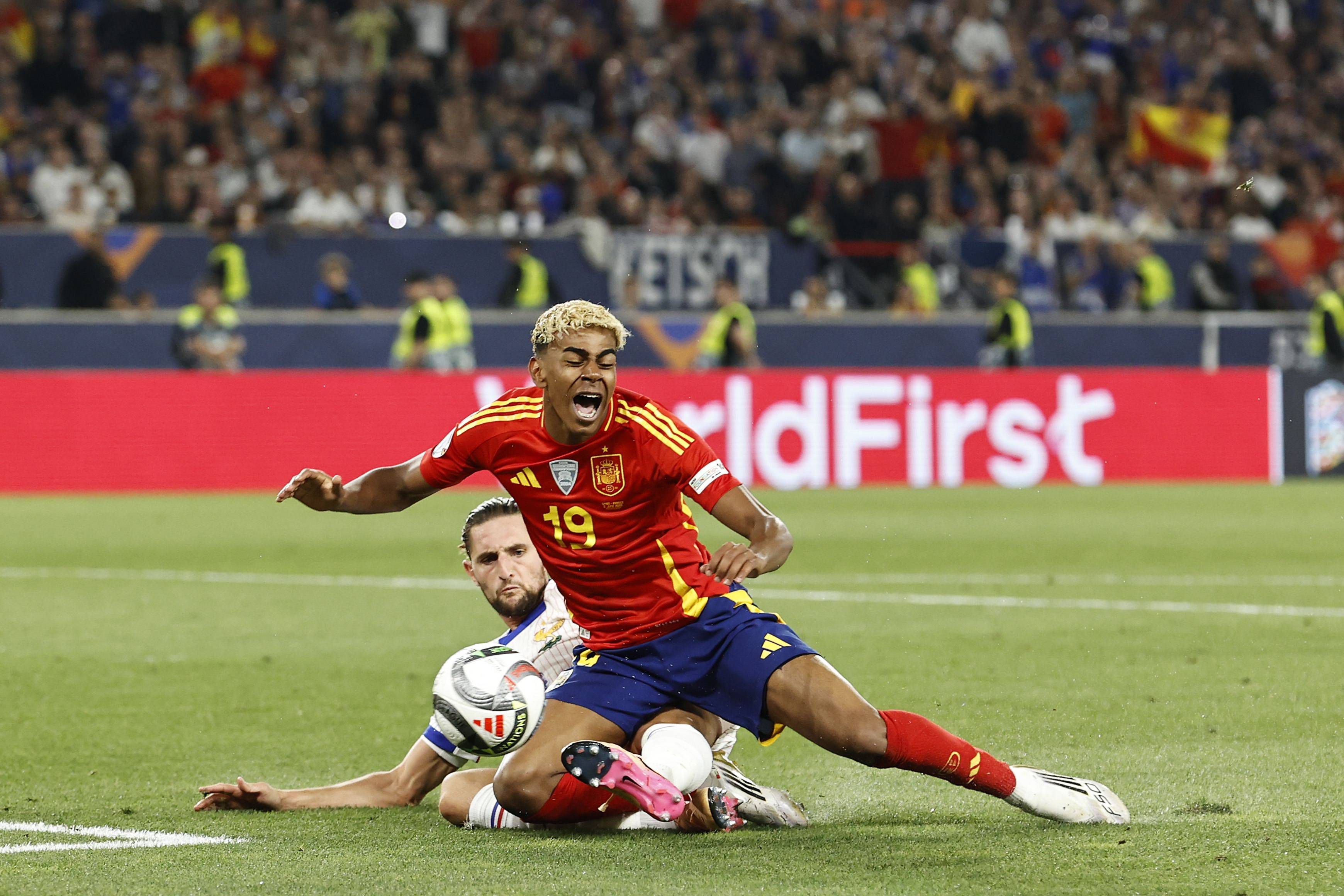


Facebook
Twitter
Pinterest
Instagram
Google+
YouTube
LinkedIn
RSS